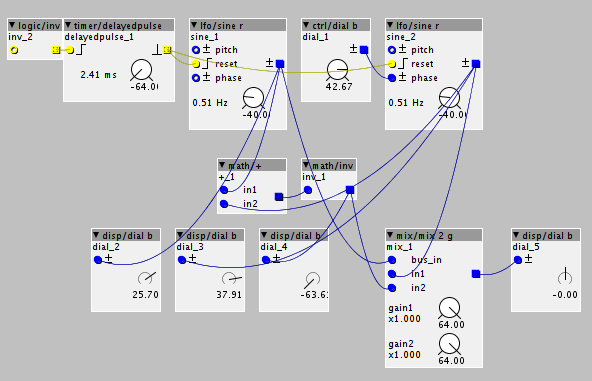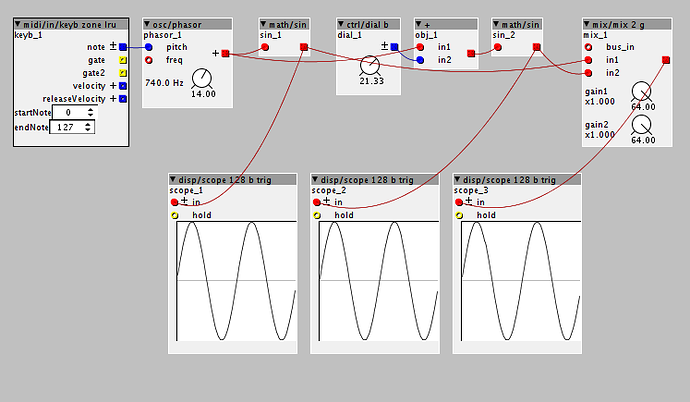I was going to buy an axoloti to make a 3 phase oscillator, but I would like to check first if it is possible. Can multiple sine wave oscillators be synced together at different phases?
I will be using the output to make a 3 phase motor spin at musical frequencies.
Thank you for your advice.


